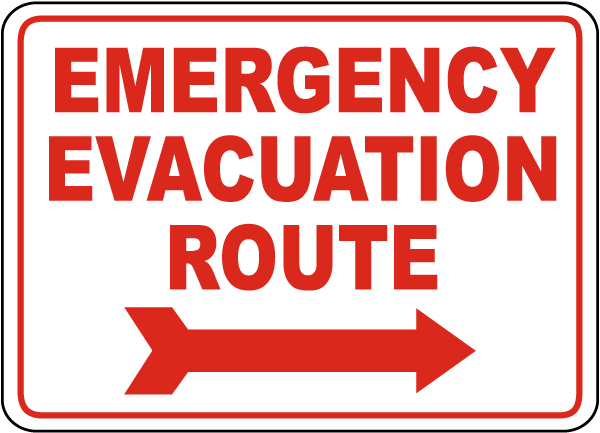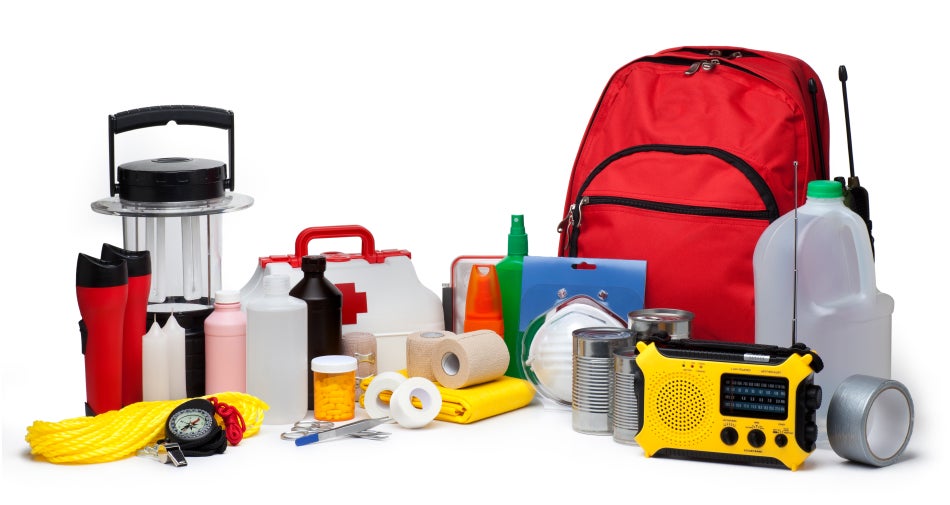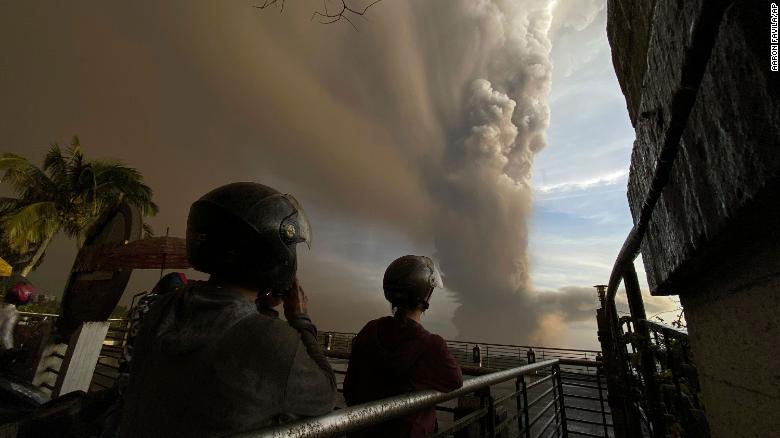The sudden eruption of the Taal volcano last January 12 sent many people scrambling for safety. While the volcano’s activity and alert level have gone down since then, it highlighted the need for families to be ready anytime a disaster strikes. Here are some essential tips and strategies for maintaining disaster preparedness at home.
Building your disaster preparedness plan
Having a definite disaster preparedness plan is vital as it will help you and your family know exactly what to do in case of an emergency. You should discuss the plan routinely with members so that they know what to do even when you are not around.
An important core of the plan is knowing what kind of disasters can hit your area. Luckily, you can get that through various online resources. The Philippine Institute for Volcanology and Seismology (PHIVOLCS), for example, has downloadable earthquake hazard maps available on their website. These maps are categorized by the types of hazards as well as by city. They have simple legends and are easy to read.
Evacuation plan
Once you have determined the risk level of your home, formulate an evacuation plan for you and your family. While you might not always have to enact the whole plan, it would still help you in certain situations.
The plan should cover three stages: before, during, and after the evacuation. Some of the things you need to do before any disaster are:
- Check and restock your emergency kits, as discussed below.
- Pick a location where you and your family will meet up during the evacuation.
- Outline how members will communicate. Be sure to update your contact lists regularly.
- Look out for alternate routes and places to meet up.
- If you have pets, plan out how you can evacuate them. In some cases, you might want to move them out first if the disaster is imminent.
Once the first signs of an impending disaster are given by the government, get your family readu even if there is no clear danger in your area yet. Listen to updates and be ready to leave at a moment’s notice.

During the evacuation itself, you need to make sure everyone is close together and accounted for. Immediately contact your family and friends to inform them that you are safe. If you still have time, you might also want to secure your home by unplugging electrical appliances and locking up the house. Note that you should never try to return home once you are on the move, as this will create more risks.
Preparing your disaster supply kit
An essential part of any disaster-preparedness plan is keeping a fully stocked disaster supply kit. These kits are designed to last you for a few days until you return home or relief goods arrive in your area. When building your kit, be sure to account for the number of people in your family. Here are some of the essentials you need to have.

Food and water
Experts recommend to have at least a gallon of water per day for each person. As for food, you want to stock up on non-perishable items you can consume with little to no preparations needed. Both your food and water should last at least three days.
Clothing and footwear
When packing clothes, opt for ones that are comfortable and easy to wear like loose shirts and shorts. You would also want to bring several pieces of underwear. As for footwear, it would be better to wear closed-toe shoes to protect yourself from hazards on the ground.
Face masks
Face masks have been prominent during the midst of the Taal eruption but they should always be an essential part of your emergency kit. These will not only protect you against pollutants but also diseases that may arise at the evacuation centers. Ready at least a pair for each member of the family.
Medicines and first aid kits
Take into account the specific medication some of your family members might need, such as hypertension medicine or anti-allergy drugs. You should also include meds for common ailments like colds and body aches. As for first aid kits, there are many pre-assembled kits available online. Be sure that the ones you get are complete and have a carry case of their own.
Other tools
If you are packing canned food, be sure to throw in a small can opener. You would also want to have a pocket multi-tool in hand to avoid the hassle of bringing too many things. Also, have plenty of spare batteries for flashlights and other devices.
Documents
Keep your important documents in a waterproof carry case. You might also want to have them scanned to have soft copies you can present in case you lost the paper ones. Organize everything to make locating specific paperwork easier.
Be ready and protect yourself from disasters at home
When a disaster strikes, every moment counts and you are required to act fast. By following these strategies and creating your home disaster preparedness plan, you can ensure that everyone makes it to safety immediately. Practice these strategies regularly with everyone so that they may be fully prepared as well.

